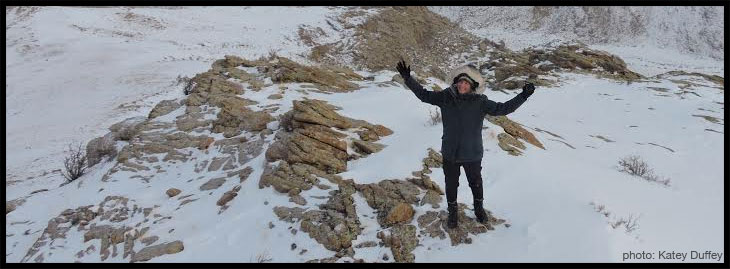Have you ever wondered how plants are able to pull water out of the ground? It’s not like they have a heart to pump water around or even a digestion system to extract the water from the soil!
In fact, water movement in plants doesn’t rely on energetically expensive biological pumps or even magic. It relies on some pretty basic physical principles operating within unique plant structures, and anyone can understand it. We’ll see how in this home experiment.
Materials
3 glass or plastic cups (sturdy enough not to tip over)
300 g room-temperature water
Food coloring
Metric scale
Fan
Medium-to-large sealable plastic box (tall enough to fit an upright stalk of celery inside)
2 small squares of plastic wrap
2 stalks celery, leaves attached
Procedure
- Pick two celery stalks that they have similar amounts of leaves. (Hint: If you can’t find celery with leaves attached in your grocery store, buy a head of celery. The small inner stalks usually still contain leaves.) Cut off the bases of the stalks so that they are roughly the same height.
- Place one glass on the scale and tare it: press the “zero” button so that the cup registers as “0 g”. Fill with 150 g of room-temperature water; gently place two drops of food coloring in the water; stir. Be careful not to spill any colored water! Repeat with the second glass.
- Place one celery stalk in each glass, leaf–end at the top.
- Wrap one square of the plastic wrap around the top of each glass and the celery stalk. This is to prevent any colored water evaporating into the air directly from the glass.
- Fill the bottom of the plastic box with roughly one inch of room-temperature water. Place one of the cups with the celery stalk inside the box and seal the lid to create a humid, closed environment.
- Place both the boxed celery and the naked celery in front of a fan, and turn it on the lowest setting. Record the time: _________
- Wait 24 hours.
- How do the leaves of two celery stalks look? Record your observations below:
- Boxed celery:___________________________________________
- Naked celery:___________________________________________
- Place the third glass cup on the scale, and tare it again so that the scale reads “0 g”.
- Dump the remaining colored water in the cup from the boxed celery into the tared glass. Do this carefully, so you don’t spill any water! Record the weight below. Repeat the weight measurement again with the water from the naked celery, and record below:
- Boxed celery:____________
- Naked celery:____________
- Take one of the stalks of celery, and slice it in half. What do you notice about the inside the celery stalk? Record your observations below:
- Celery cross-section:____________________________
How does water move up the stalk?
Although plants don’t have circulatory systems like animals, they do have something quite similar—a network of small tubes called xylem, used for carrying water.
Xylem is composed of long, hollow tubes formed by overlapping cells. As these cells grow, they stretch out and elongate, die, and leave behind hollow cavities that are all interconnected to form one long tube. Plants contain many xylem vessels stretching from the roots to the tips of the leaves, just like a series of drinking straws. When you sliced the celery in half and saw colored dots in the cross-section of the stalk, you were actually looking at the xylem vessels!
Xylem works within some basic physical principles to bring water from the ground up into the rest of the plant. The whole process starts out in the leaves: when the plant is photosynthesizing, it opens tiny holes in the underside of the leaf called stomata. The plant does this so that carbon dioxide can flow in, but it also has a downside: water also diffuses out of the stomata at the same time, drying out the inside of the leaf ever so slightly.
As the plant dries out from the leaves, it brings more water in from the xylem due to some interesting chemical properties. Water is a polar molecule, meaning that it’s slightly “sticky”—it forms temporary hydrogen bonds with itself. This creates cohesion; small quantities of water will tend to stick together rather than scattering and spreading everywhere (think of dew drops on grass). Water also sticks to the inside of small tubes due to a property called capillary action. These two properties allow the water to travel in one unbroken column through the xylem from the roots to the leaves.
What factors affect how water moves through the plant?
Water moves through plants thanks to a few basic principles, but none of these can work without the first step in the process: water loss from the leaves. This process, called transpiration, happens faster when humidity is low, such as on a hot, windy day. This causes water to evaporate quickly, so the plant needs to suck up more water from the ground (or from the cup) to catch up!
When you put the celery stalk inside the plastic box with water, it increased the humidity in the box, so the celery didn’t lose very much water from the leaves. On the flip side, when you placed the naked celery stalk in front of the fan, it was losing a lot of water! It needed to catch up, so it sucked up more water, and food coloring with it.
When you measured the amount of water left in the glasses at the end of the experiment, you found that the naked celery actually did suck up more water. And, in case you didn’t believe the numbers, you could actually observe that the naked celery had a lot more food coloring within its leaves.
Normally, we can’t see transpiration and water transport happening within plants, but rest assured: as long as it’s above freezing, this process is always happening on a mass scale all over the world!


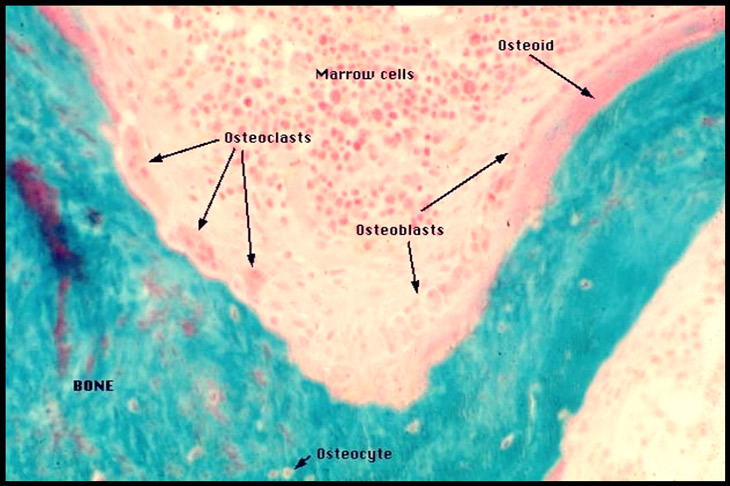
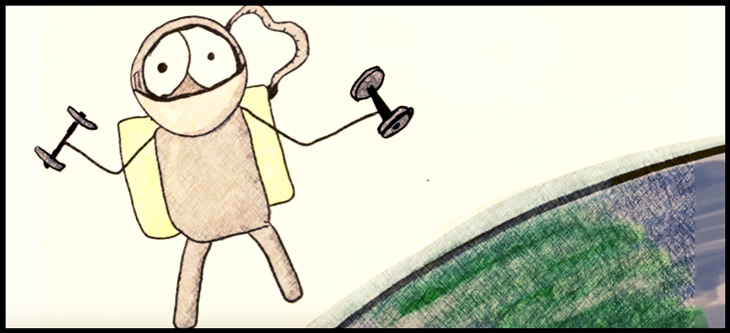
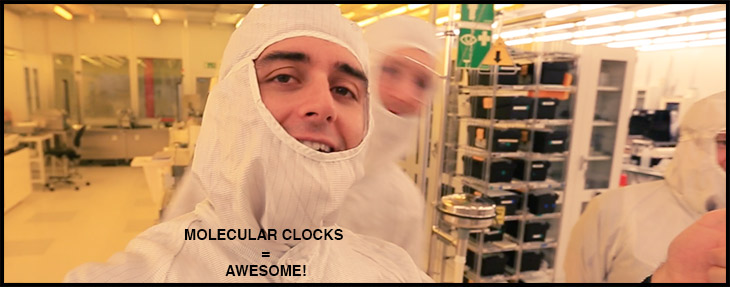

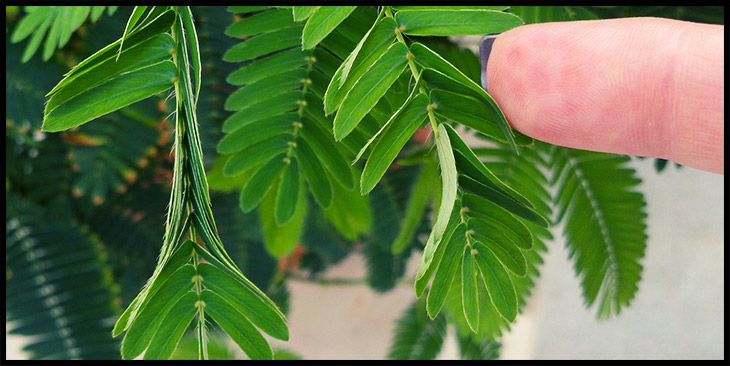


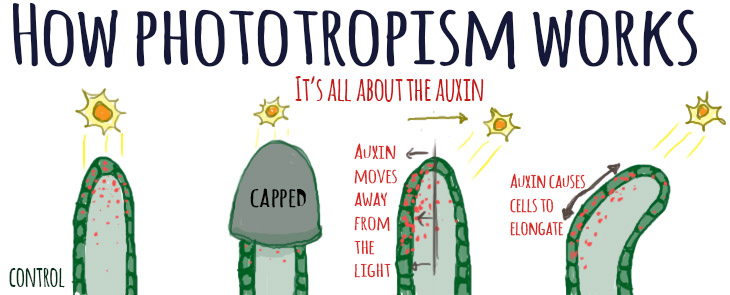
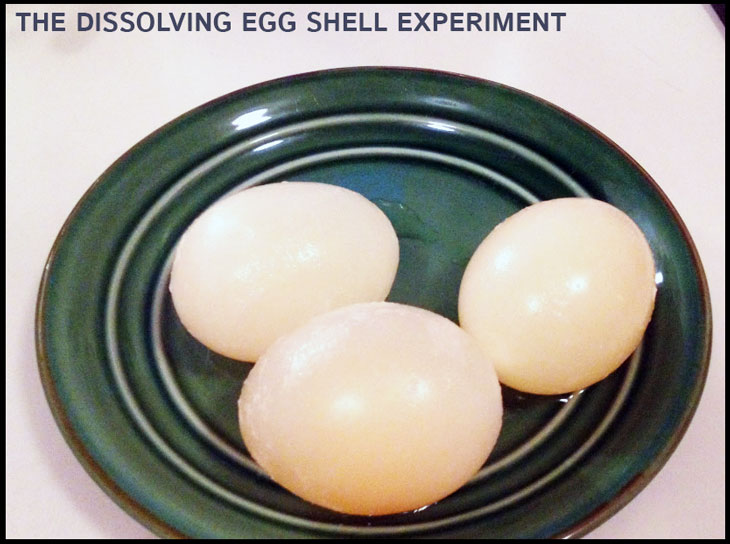

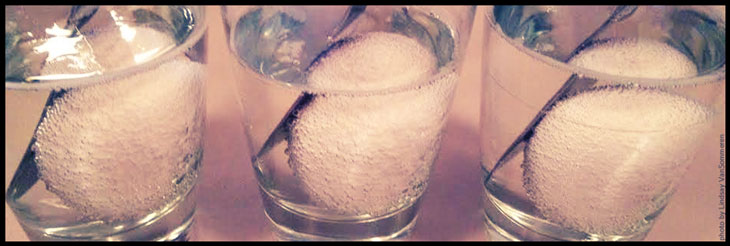
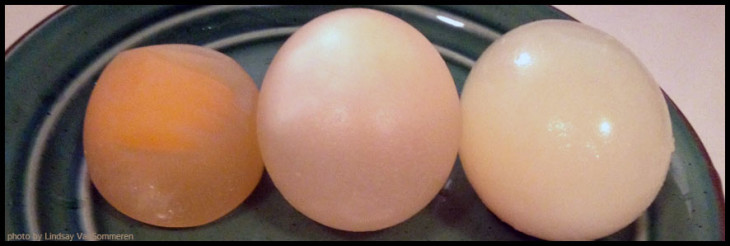



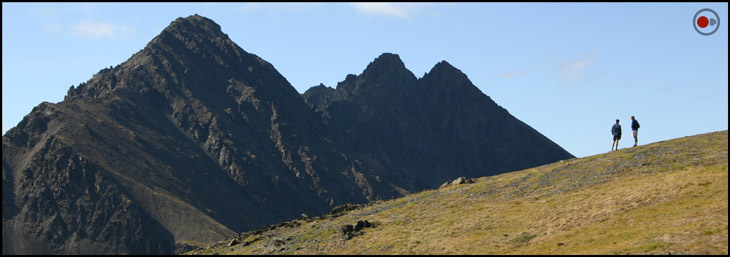



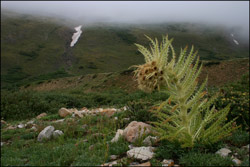 There are lots of different plants that grow in the alpine tundra. In fact, many of the species that grow in these mountainous zones are found only on a handful of mountains. That’s because the tops of the mountains are often isolated from one another.
There are lots of different plants that grow in the alpine tundra. In fact, many of the species that grow in these mountainous zones are found only on a handful of mountains. That’s because the tops of the mountains are often isolated from one another.